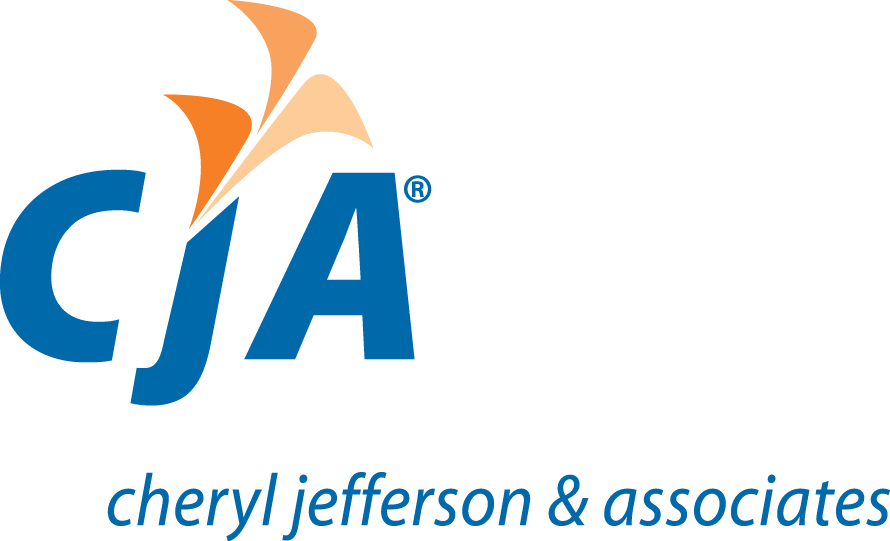Payroll allocation is important for government contractors because government contractors must follow special FAR guidelines in their accounting. The Federal Acquisition Regulation, or FAR, are regulations that set the rules that the Government and Government Contractors must follow when government contracts are offered. The purpose of the FAR are to set policies when conducting procurement process. The results of these rules provide a transparent, fair, efficient and impartial contract which provides best value to the customer. It shows how certain costs such as direct / indirect costs should be allocated and accounted for and to see if they are allowable or not.
Payroll Allocation
When it comes to payroll, there are direct costs and overhead costs that must be traced that have to be taken into account in a specific way. Direct costs are costs that are clearly and easily attributable to a specific final cost objective. Under FAR, these costs must be reasonable, allowable, allocable, consistently applied, documented, and must follow FAR guidelines. Payroll costs are direct costs. FAR part 31.202 explains how to allocate direct costs:
(a) No final cost objective shall have allocated to it as a direct cost any cost, if other costs incurred for the same purpose in like circumstances have been included in any indirect cost pool to be allocated to that or any other final cost objective. Direct costs of the contract shall be charged directly to the contract. All costs specifically identified with other final cost objectives of the contractor are direct costs of those cost objectives and are not to be charged to the contract directly or indirectly.
(b) For reasons of practicality, the contractor may treat any direct cost of a minor dollar amount as an indirect cost if the accounting treatment-
(1) Is consistently applied to all final cost objectives; and
(2) Produces substantially the same results as treating the cost as a direct cost.
Job Cost Allocations & FAR
Job cost allocation also relates to FAR Part 31, which dedicates specifically which costs are allowable or unallowable, how to classify them and how to account for them. Examples of direct costs are labor, subcontractor expenses, materials, and travel.
Indirect costs are not directly identified with a single final cost objective but rather with two or more final cost objectives. They include utilities, rent, insurance, and depreciation. Government contract cost accounting standards require that a company keep a job cost system in which the ‘job’ is seen as the government contract.
Here at Cheryl Jefferson & Associates, we have extensive experience with government contractors and we will make sure payroll and job cost allocations are done correctly and in the best interest of your business.
Contributed by Takeshi Aida of Cheryl Jefferson & Associates.

